Chinchillas are prized for their fur. They have such silky soft coats that luxury lovers find it hard to stay away from fur fashion products made of them, allegations of animal cruelty notwithstanding. There’s a much better way that you can choose to be able to luxuriate in the softness of a chinchilla’s coat, though – you can adopt a chinchilla. These are popular pets now. A cute, live animal can feel much nicer to stroke than a dead one, too.
Not only do you get to enjoy the feel of chinchilla fur when you adopt one as a pet, but you also get to build a real relationship with an intelligent and amiable creature too. Here are a few interesting facts about chinchillas that might get you more interested.
1. There’s a reason why a chinchilla’s coat feels as soft as it does
Human hair follicles sprout between one and three hairs each. Each hair, then, has room to grow thick and coarse. Chinchilla skin is different. Each of a chinchilla’s hair follicles is capable of sprouting up to 100 hairs. With 100 hairs in each follicle, individual hairs have very little room.
The hairs that makeup chinchilla fur, then, tend to be very finely textured. Nearly no other creature has fur as soft as a chinchilla’s.
2. Chinchillas keep their fur soft and clean by taking dust baths
With a dog, you have to give it a good scrub in dog shampoo once in a while to get its coat clean and shiny. This would be exactly the wrong way to clean a chinchilla’s fur coat, though. Chinchillas have such dense fur that they can take a long time to dry. A wet chinchilla will usually grow skin fungus as a result. With a chinchilla, you need to either give it a sandbox with special volcanic sand to take its own dust baths or give it one yourself.
Many people wonder how the dust bath could help clean anything. The concept isn’t difficult to understand, though. To a chinchilla or any other creatures that take dust baths, clean sand or dust is the medium used to remove other, sticky dirt. Dust can clean an animal the way sandblasting can clean a machine component.
The best way to give a chinchilla dust bath is to buy a chinchilla dust house at the pet store – which is a fancy term for a container and a box of fine, clean pulverized pumice.
3. Chinchillas never get skin parasites
If you own a chinchilla, you’ll never read any instructions on flea protection or skin mites. Chinchilla fur is so dense that parasites and mites that get in quickly die of asphyxiation. Generally, parasites tend to stay away.
4. You can tell if a chinchilla is stressed by watching its fur
Chinchillas don’t shed hair the way other pets do. They do something different, though – they make a fur slip. Chinchillas shed clumps of fur when they are stressed or have been handled roughly. Fur slips let you always know how happy your pet chinchilla is.
As long as it has no fur slips, you can see that it is reasonably happy. Once a chinchilla makes a fur slip, it can take several months for the fur to grow back on.
5. Chinchilla fur isn’t some modern idea
The chinchilla species originates in the Andes Mountains of South America. Their coat helps them stay warm high up in the mountains. These creatures actually get their name from the Chincha tribes that lived in the Peruvian Andes. The Chincha tribes hunted chinchilla for their pelts for centuries.
6. Even chinchilla kits are born with full coats of fur
Most rodents give birth to completely helpless litter – they tend to be blind and hairless. Chinchilla kits, though, aren’t born like this.
They come fully furred and with their eyes open. It’s the only way they can cope with the harsh mountain conditions they are usually born into.
7. Chinchillas don’t see very well; their whiskers are their prime sense organ
While chinchillas have large eyes, they have poorly developed vision. They mostly forage for food through feeling and scent rather than sight.
To feel their way around, chinchillas have whiskers that are very sensitive and very long – they tend to grow to half the length of the chinchilla’s body. These whiskers are so sensitive that they allow a chinchilla to see through them practically.
8. Chinchillas make close social bonds with one another
Most rodents are extremely aggressive creatures. A mother rodent that has just given birth, for instance, can never leave its litter alone for a second. Other rodents nearby could move in and finish them off.
Chinchillas aren’t aggressive in this way at all. When a chinchilla mother gives birth, it can come to other female chinchillas in the area to keep an eye on its litter. Chinchillas routinely babysit for one another when a mother needs to go out to forage for food.
9. You’ll never believe how high chinchillas can jump
Chinchillas are tiny creatures – they are usually barely 6 inches long. They have nearly no real natural defense mechanisms to protect themselves from predators. They have just one impressive trick – they are prodigious jumpers, easily clearing 6 to 7 feet in one leap.
Once the chinchilla is comfortable with its owner, it can effortlessly jump from the floor and land on the top of the head of a full-grown man.
10. Chinchillas sleep in the strangest positions
Chinchillas evolved as mountain-dwelling rodents. Up in the mountains, they are usually seen sleeping in just about any position that you might imagine – upside down in a crevice, upright in a mountain crack, and so on. They carry their instinct over when they are pets in a domestic setting, too. You can frequently see them sleeping in some very curious positions.
11. Chinchillas are like humans in at least one way
Students in medical school usually learn about the auditory system through studying the ears of the chinchilla. The chinchilla’s auditory system is very close in design to the human auditory system. It might be one more reason why one might feel a measure of kinship.

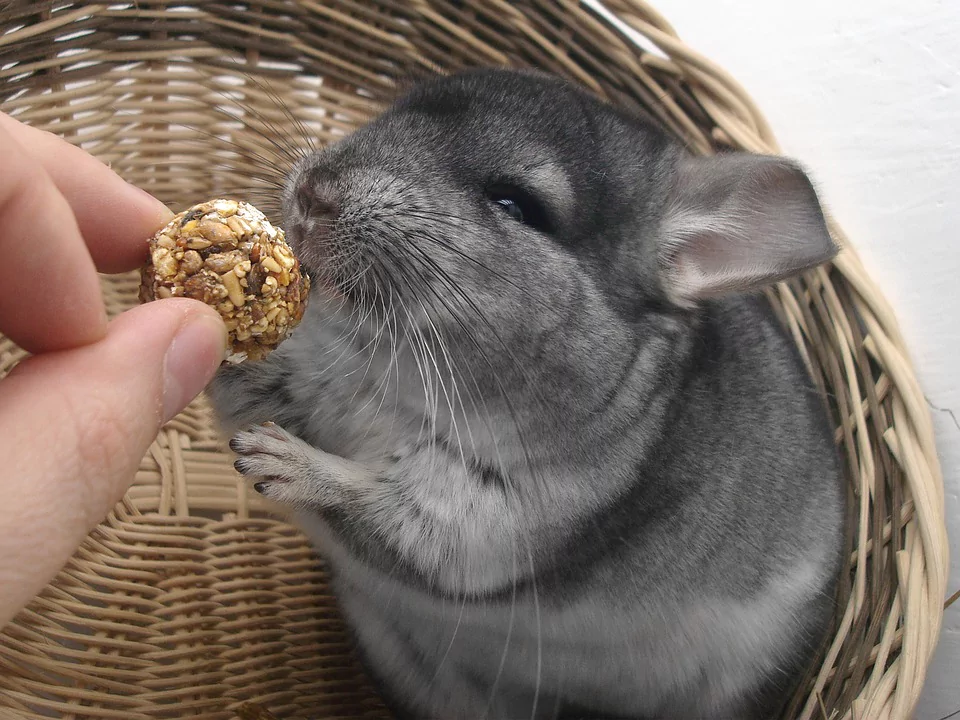
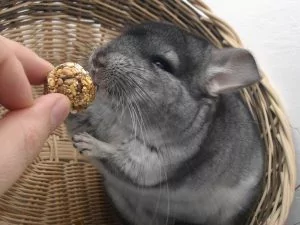
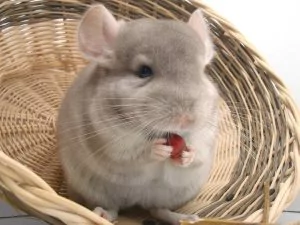
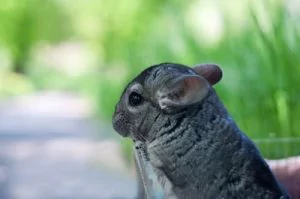

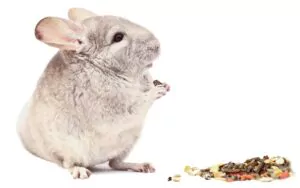
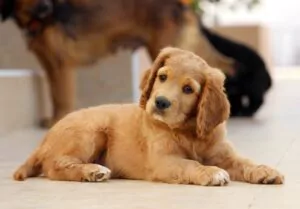
Comments